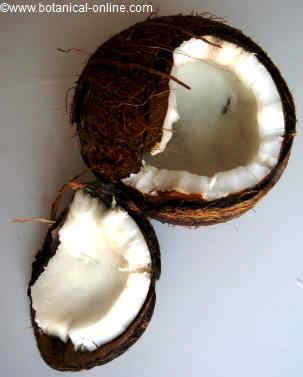Contents
WHAT IS A MARGUERITE DAISY?
Characteristics of marguerite daisy (Chrysanthemum frutescens)
Common name: Marguerite daisy, Paris daisy, marguerite
– Spanish: Margarita de Canarias, magarza de Gran Canaria, margaritón, margarita leñosa
Scientific name: Chrysanthemum frutescens = Argyranthemum frutescens. Both names are considered taxonomic synonyms and are valid.
Family: Compositae
Origin: Endemic species of the Canary Islands.
Habitat: Very common plant in some areas of the Canary Islands, fields, roadsides and open forests. It grows from sea level to 700 meters above sea level.
Physical characteristics of marguerite daisy
Marguerite daisy or Paris daisy (Chrysanthemum frutescens = Argyranthemum frutescens) is a shrub measuring 50-100cm. tall, which belongs to the family of Compositae plants.
The stems are erect and quite branched, the entire bush has a less compact shape than other types of daisies. Rhizomatous roots.
Its leaves are alternate, deeply divided, 2-3 pinnatipartite. It is distinguished from other species because its foliage is narrower or finer than other marguerites. They are glaucous in color and measure 5 to 10cm. long.
The inflorescence is a typical structure of composite plants, and is called capitulum. This type of inflorescence is composed of dozens or hundreds of tiny flowers.
The capitulum rises on a long peduncle or flowering stem. Structure of radiated flowers, that is, in the center of the capitulum there are tubular yellow, hermaphrodite flowers; and on the periphery there are ligulated female flowers; with ligules that look like petals. The petals of this species are white or pink.
It flowers in spring and summer.
The fruit is an indehiscent achene with 10 ribs, which contains a seed inside.
Used parts
- Medicinal: The flowers or flower heads are used in phytotherapy. The flowers are harvested between May and June and preserved as a stomach and asthma tonic. *More information: see Medicinal properties of daisy in the list below.
- Garden decoration: The entire plant is used for ornamental purposes, due to its pretty flower, reminiscent of common daisies (Bellis perennis).
Botanical classification
| Botanical classification | |
| Kingdom | Plantae |
| Subkingdom | Tracheobionta Vascular plants |
| Superdivision | Spermatophyta Seed plants |
| Division | Magnoliophyta Flowering plants |
| Class | Magnoliopsida Dicotyledons |
| Subclass | Asteridae |
| Order | Asterales |
| Family | Asteraceae or Compositae |
| Subfamily | Asteroideae |
| Tribe | Anthemideae |
| Subtribe | Glebionidinae |
| Genus | Argyranthemum |
| Species | A. frutescens |
![]() More information on chrysanthemums and daisies
More information on chrysanthemums and daisies








